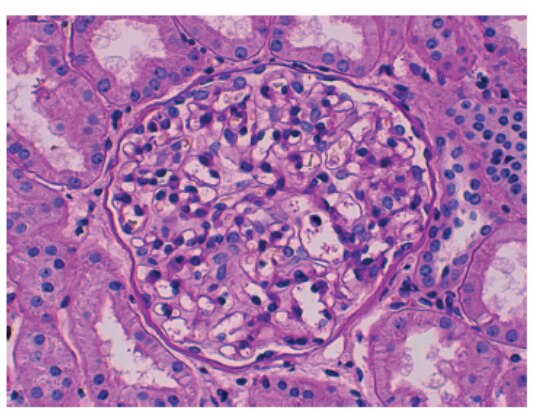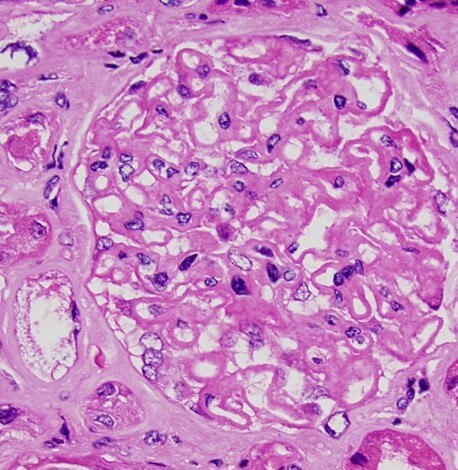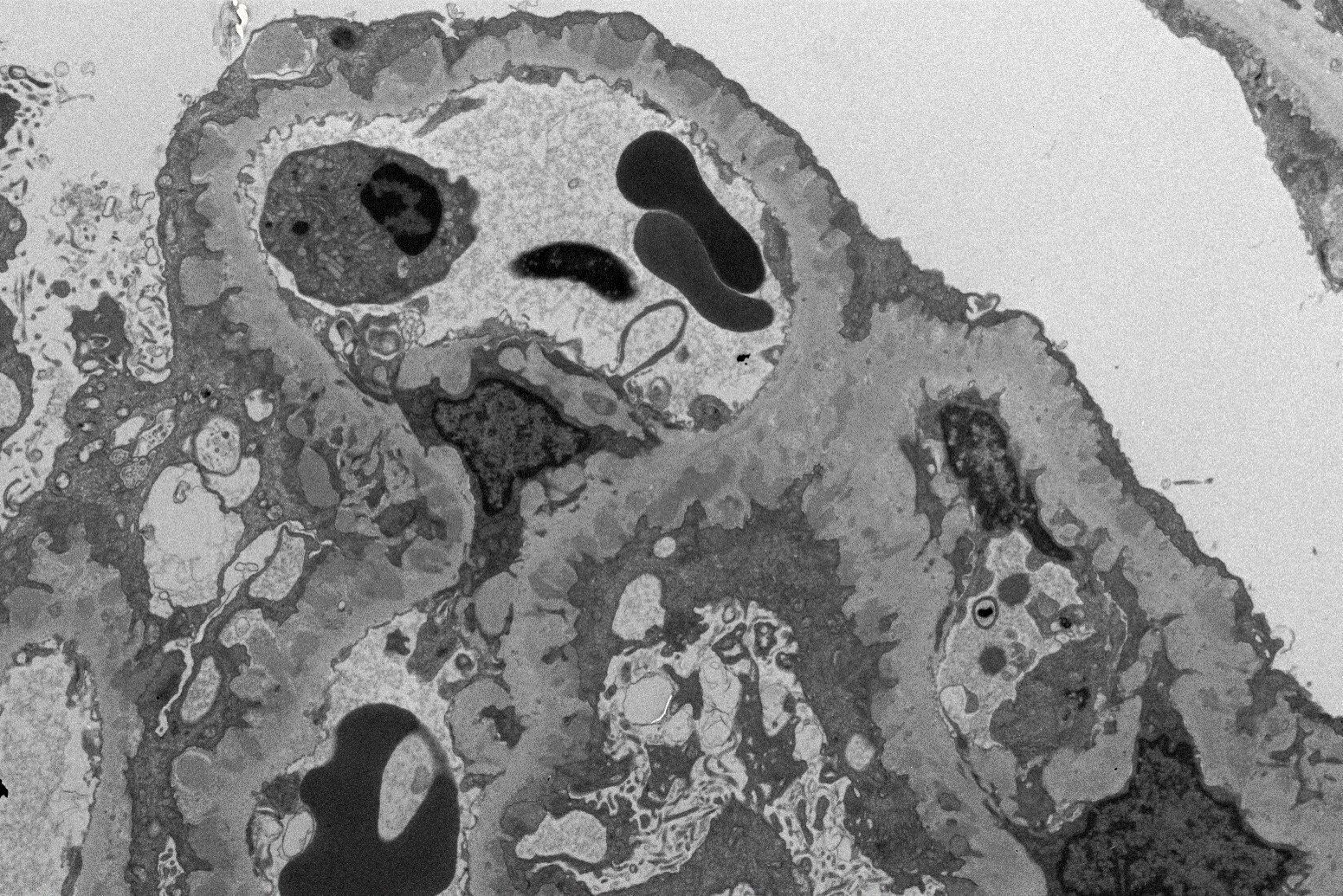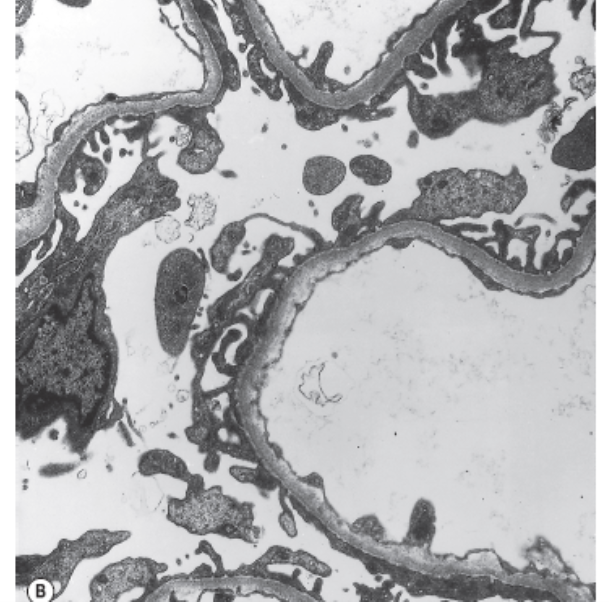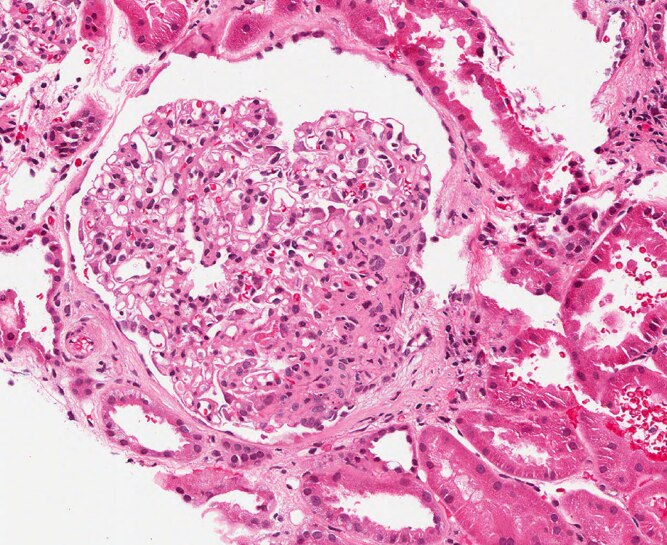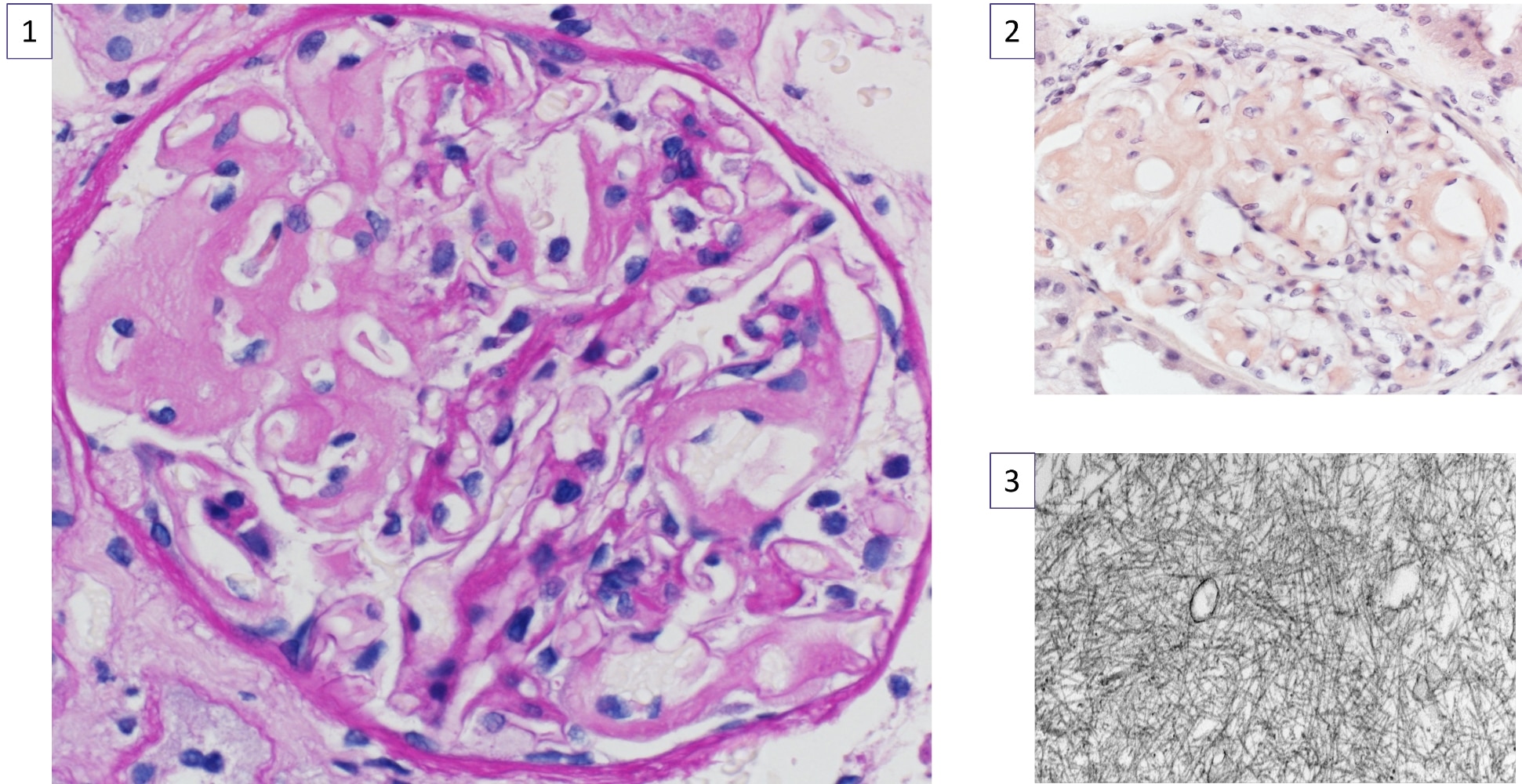About Our Research
The Clinical Nephrology Section aims to provide and support both inpatient and outpatient comprehensive kidney consultation services and kidney replacement therapy care to any patient enrolled in clinical research protocols at the NIH Clinical Center upon the request of Principal Investigators. The section strives to offer high-quality kidney specialty care to patients with a wide variety of complex kidney diseases. This includes care for patients with hypertension, fluid and electrolyte disorders, acute kidney injury, and chronic kidney disease. Additionally, the section is committed to training physicians in the specialty of nephrology at the residency and fellowship level and providing training in basic, translational and clinical research related to the kidney. Furthermore, the section is dedicated to promoting the study, discovery, and treatment of rare kidney disorders, contributing to the advancement of nephrology. The section is actively involved in conducting studies on the pathogenesis and therapy of glomerular diseases. Currently, there is a particular focus on researching Membranous Nephropathy (MN) and focal segmental glomerulosclerosis (FSGS) aiming to improve understanding and treatment. Through these endeavors, the Clinical Kidney Section commits to improving patient care and advancing kidney disease research.
The Clinical Nephrology Section’s mission is to:
- Provide and support both inpatient and outpatient comprehensive kidney consultation services and kidney replacement therapy care to any patient enrolled in clinical research protocols at the NIH Clinical Center at the request of Principal Investigators.
- Provide high-quality kidney specialty care to patients with a wide variety of complex kidney diseases, including those with hypertension, fluid and electrolyte disorders, acute kidney injury, and chronic kidney disease.
- Provide training in nephology and in research related to kidney disorders.
- Promote the study, discovery, and treatment of rare kidney disorders.
Current Research
The Clinical Nephrology Section studies various kidney diseases, including membranous nephropathy and focal segmental glomerulosclerosis. The goal of our research is to better understand the evolution and outcomes of these kidney diseases and find treatments that may be more effective and less toxic.
Research Images
